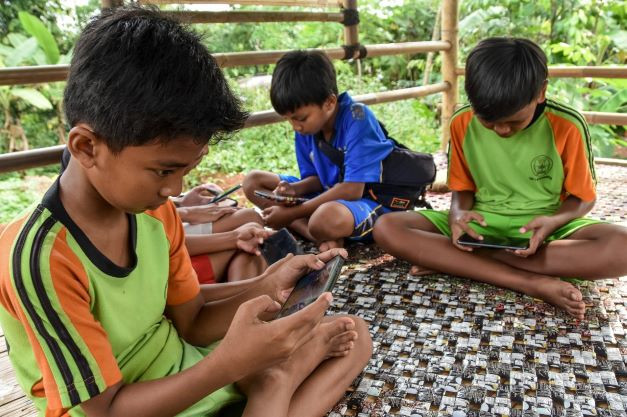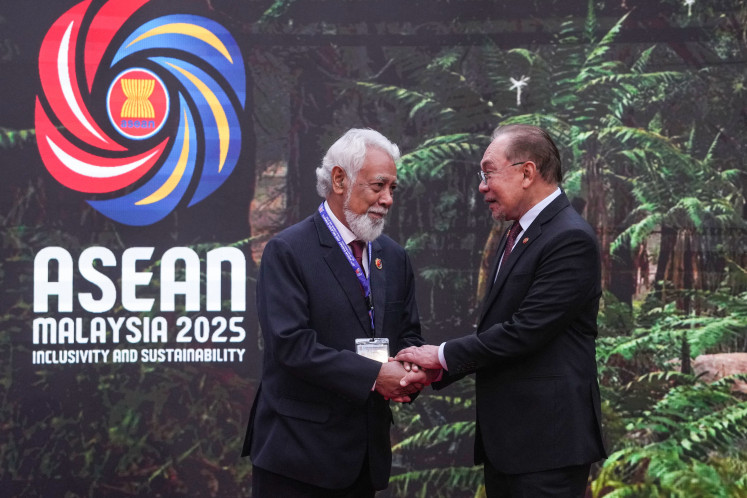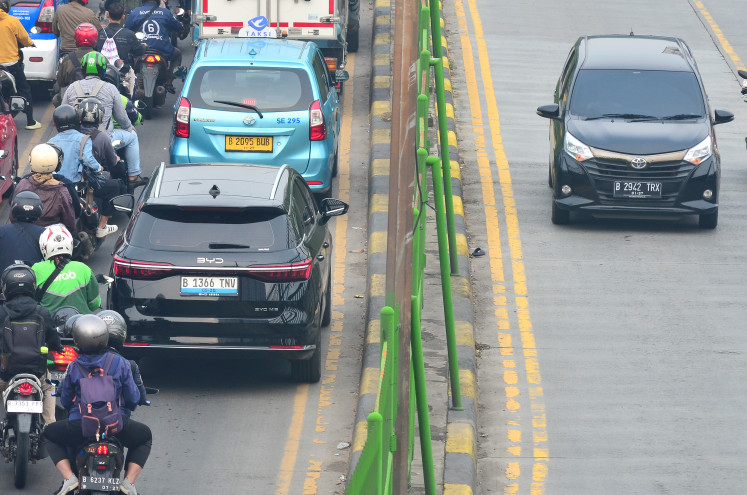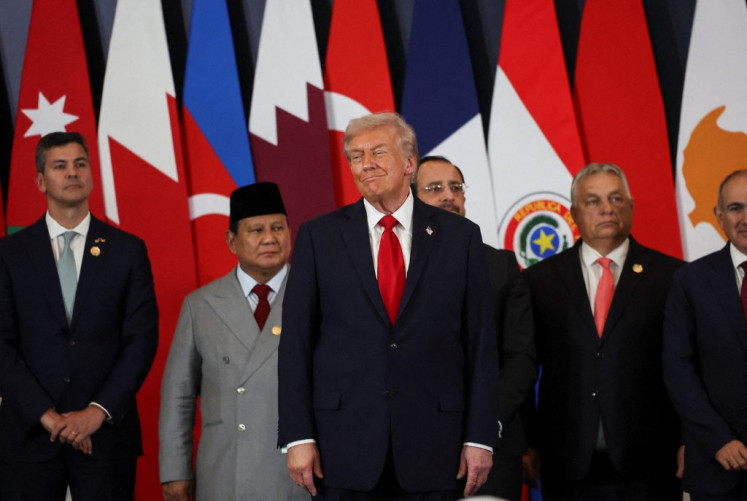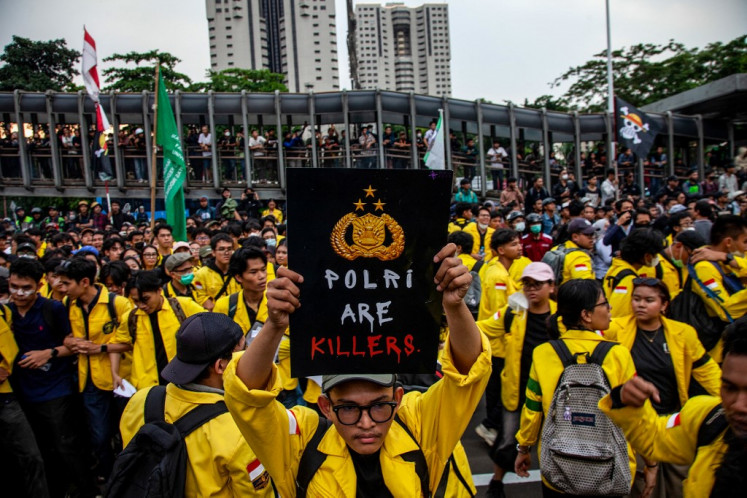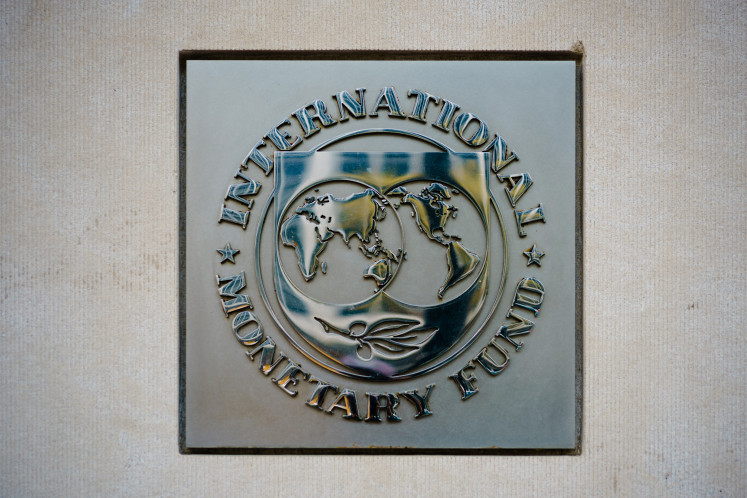Popular Reads
Top Results
Can't find what you're looking for?
View all search resultsPopular Reads
Top Results
Can't find what you're looking for?
View all search resultsHow Indonesia can overcome its own digitalization challenges
Out of 10 largest economies in Asia-Pacific, it was reported that Indonesia ranked last in 5G availability and 5G reach.
Change text size
Gift Premium Articles
to Anyone
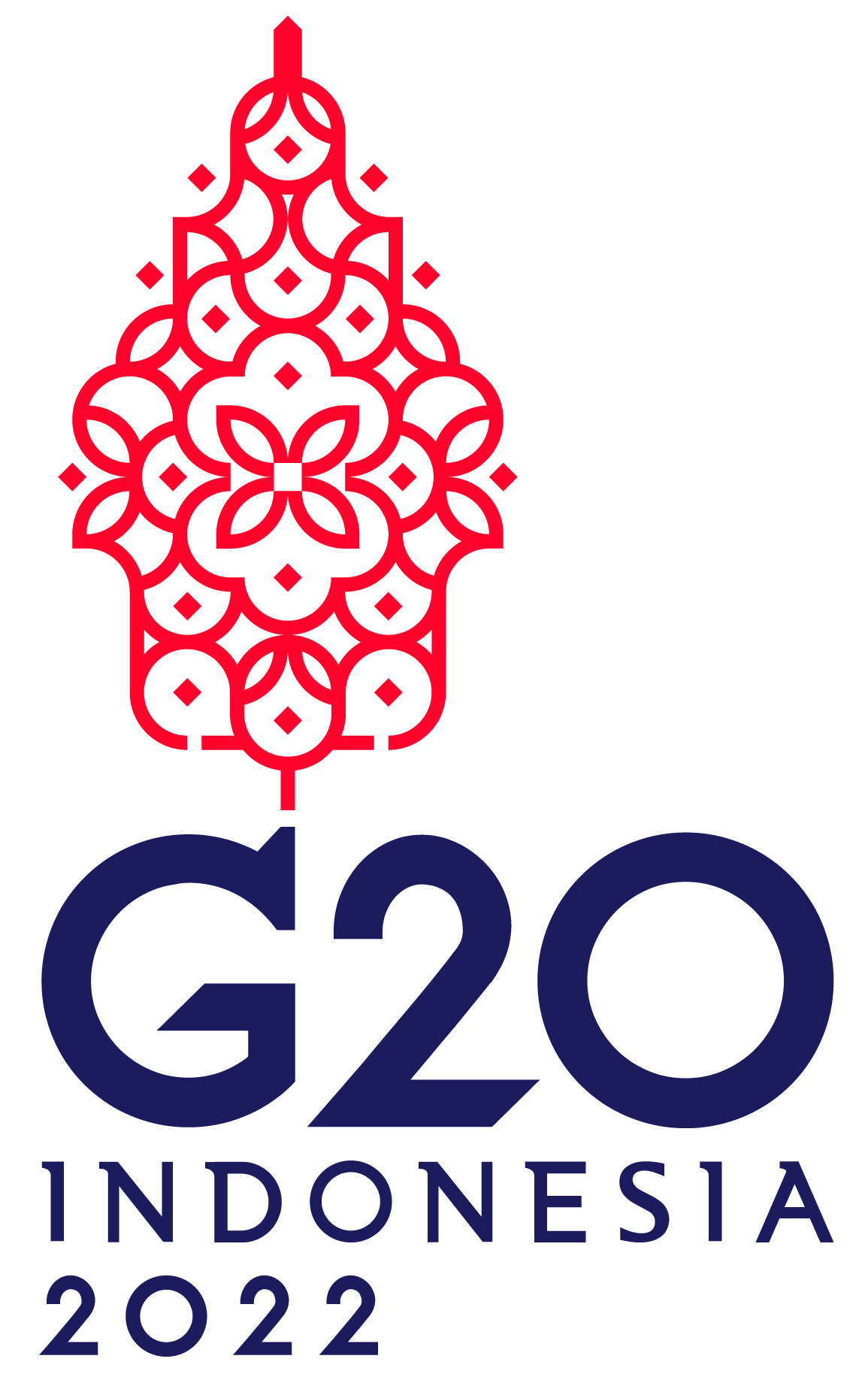
Digital transformation is one of three priority issues being addressed during the current Group of 20 presidency of Indonesia. With the global economy still recovering from the COVID-19 pandemic and facing further macroeconomic challenges, this topic could not be timelier and presents an excellent opportunity for Indonesia to shape the global agenda while participating in a more inclusive global economic recovery.
Like many countries in Asia-Pacific, Indonesia faces some hurdles in driving digitalization within its own borders. The pandemic has expedited several existing trends that have increased the world’s demand for connectivity, giving rise to the urgency of bridging the digital divide.
The importance of broadly available access and affordable connectivity should not be understated. At the onset of 2022, mobile network operators across Indonesia closed their 3G networks and services to transition the entire network to 4G Long-Term Evolution (LTE), with 5G just at the beginning. All remote areas and subdistricts in Indonesia are expected to tap onto the 4G network by year-end.
By 2027, 4G will represent about half (50.6 percent) of all connections while 2G and 3G will represent about 2 percent if not shut down earlier, according to a report. 5G mobile subscribers are expected to represent almost half (43.5 percent) of all subscriptions by 2027. The digital roadmap in the telecommunications sector looks to be on track, but there are several underdeveloped frontier and outermost areas that still lack access.
The digital economy has an underlying gap to fill – in fact, Indonesia’s digital economy has the potential to reach US$124 billion by 2025, so addressing this challenge can significantly boost economic growth. With 4G currently being the backbone of mobile connectivity in Indonesia, transitioning to 5G can further propel the country’s digital economy through improvements in speed, latency, reliability, and efficiency, while ultimately offering cost-to-serve advantages over 4G.
Out of 10 largest economies in Asia-Pacific, it was reported that Indonesia ranked last in 5G availability and 5G reach. Because of its dispersed geography, Indonesia has the added challenge of bridging the digital divide with its underdeveloped frontier regions. As part of the G20 Indonesia presidency series, Communication and Information Minister Johnny G. Plate also corroborated his plans to advance 5G in the country, to unlock digital and growth opportunities across multiple industries.
Powering 4G LTE and 5G roll-out is Fixed Wireless Access (FWA) – a type of wireless technology that enables fixed broadband access using radio frequencies instead of cables. For an archipelagic country like Indonesia, 5G FWA can deliver high-speed internet to areas where cables cannot reach by using radio waves to transfer data to and from consumer devices.
If fast connectivity can be delivered in underserved areas and areas without infrastructure, everyone will be able to participate in economic opportunities and be part of the globalized economy.
The next generation of networks also changes the types of services that businesses can offer, as the move to a cloud-native 5G architecture enables them to leverage tailored connectivity services. This provides lower latency, higher throughput and improved quality as and when required. In fact, 5G could add 18 to 22 percent to enterprise revenues, and 6 to 9 percent to consumer revenues by 2025.
High-speed, ultra-low latency and improved connectivity can benefit several sectors: from telemedicine, work-from-home, e-learning, gaming, entertainment media streaming, home workouts, online consultations, augmented and virtual reality (AR/VR), to video communication. The interdependence of improving connectivity and shifting of consumer usage patterns driving the need for more thereof, ensures that advantages in one area will drive the other.
The push to leverage a digital infrastructure is stronger than ever. We see this occurring globally in a post-pandemic era, where consumers eminently depend on connectivity, while in Indonesia, the number of people tapping onto the internet is expected to reach 240 million by 2025, up from 191 million in 2020.
The pace of 5G roll-out is relatively slow because of the country’s archipelagic topography, regulations, and hurdles that mobile network operators face in providing services to consumers, verticals or enterprises. If Indonesia can cross this hurdle and transition to a truly cloud-native network by relying on web-scale platforms and processes, it could be a gamechanger – Indonesia will be able to effectively deliver whichever services are required, whenever they are required, and to whoever needs them.
As we have seen, 4G LTE and 5G holds a large potential to connect everything, and there are tremendous possibilities for Indonesian consumers and businesses. In rural communities where a significant digital divide remains, 4G LTE and 5G deployments can truly help Indonesia build a smart city architecture while future proofing its networks to unlock the benefits of digital transformation more effectively and rapidly.
This week’s G20 Summit presents an opportunity to make good progress on commitments that contribute to inclusive digital transformation by promoting digital preparedness for all. Without these advancements in mind, broadband equality could become a lost opportunity.
Underpinning this digital transformation is a concerted effort from all key stakeholders from regulators, operators, enterprises to consumers – to successfully see 4G LTE and 5G live up to its full potential.
***
The writer is regional chief technology officer, Asia-Pacific, Mavenir.

